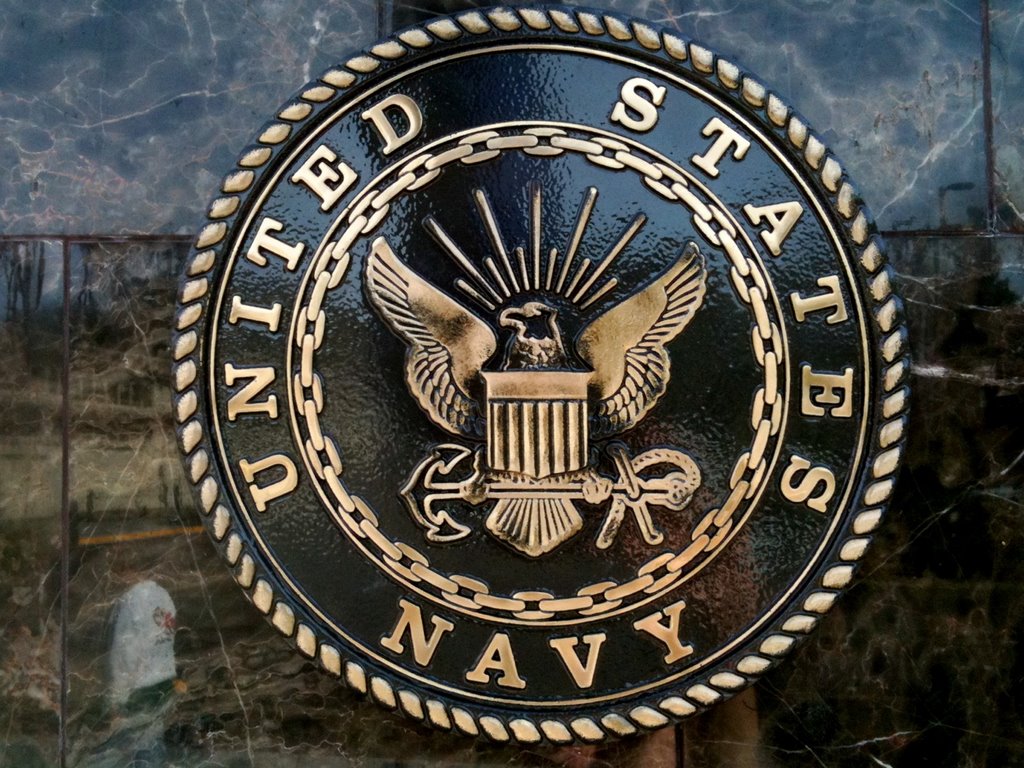
Advertisement
Imagine an army of robots lining the coastal waters of the United States capable of launching both aerial and sub drones in order to neutralize incoming threats before they reach the mainland. If this sounds like something straight out of science fiction to you, guess again – researchers at Florida Atlantic University (FAU) are currently working with the U.S. Navy to do just that.
Self-navigating vehicles along America’s coasts
“Our focus will be on developing a multi-vehicle system that can safely and reliably navigate coastal waters with a high level of autonomy while performing assigned tasks,” explained Manhar Dnanak, director of SeaTech, the Institute for Ocean and Systems Engineering in Florida Atlantic University’s Department of Ocean and Mechanical Engineering, in a press release.
The researchers at FAU plan on developing new software tools that will improve the robots’ sensory systems to avoid collisions, as well as allow the vessel “to serve as a docking station,” according to a statement put out by the university. One feature in particular that researchers are still working on is giving the vessels the ability not just to see and avoid obstacles, but also to tell the difference between friendly and hostile elements in their surrounding area. This feature, the researchers say, will help it to better plan routes for the various missions it is assigned. (Related: The U.S. military is expected to have more robot soldiers than human by the year 2025.)
According to documents obtained by Defense One, the Navy is currently pushing to develop and put drones to use more quickly, integrate them in various activities more aggressively, and to continue working with FAU and other universities to research and design new prototypes.

More technology being developed for the U.S. Navy
In addition to these coastal military robots, the Navy has also developed (and will soon deploy) an unmanned ship called the Sea Hunter, which is capable of guiding itself on the open water while simultaneously abiding by existing international maritime laws. Some have even suggested that these vessels could be weaponized: “We might be able to put a six-pack or a four-pack of missiles on them,” explained former Defense Undersecretary Bob Work at an event sponsored by CNAS. “Now, imagine 50 of these distributed and operating together under the hands of a flotilla commander. This is going to be a Navy unlike any navy in history, a human-machine collaborative battle fleet that will confound our enemies.” (Related: Google’s military robot army will soon be ready for a terminator-like assault on humanity.)
As if that wasn’t enough, the United States Navy is also experimenting with a number of aerial drones, all of which have different features and capabilities. One of these drones is a tube-launched rotary-wing device called the Nomad, which was launched off the deck of the destroyer Pinckney back in the year 2016. Another drone is called the Glider, which can do everything from deploy into the sky like a plane, fly along the surface of the water, and then submerge beneath the waves and reach depths of up to 200 meters if it becomes necessary. The Navy has scheduled a flight test for a new various of the Glider for later on this year, and a full demonstration is expected to be displayed in 2019.
When it comes to military combat and national defense, America is leading the world into the future. If the U.S. Navy is successful in deploying unmanned vehicles like the Sea Hunter, the Nomad, the Glider and others, then the United States would likely secure its position as the world’s most powerful military for generations to come. More importantly, the people would be protected from foreign threats, and wouldn’t have to fear attacks from nations seeking to do them harm.
Read more stories on military technology at FutureTech.news.
Sources include:
Submit a correction >>
This article may contain statements that reflect the opinion of the author
Advertisement
Advertisements















